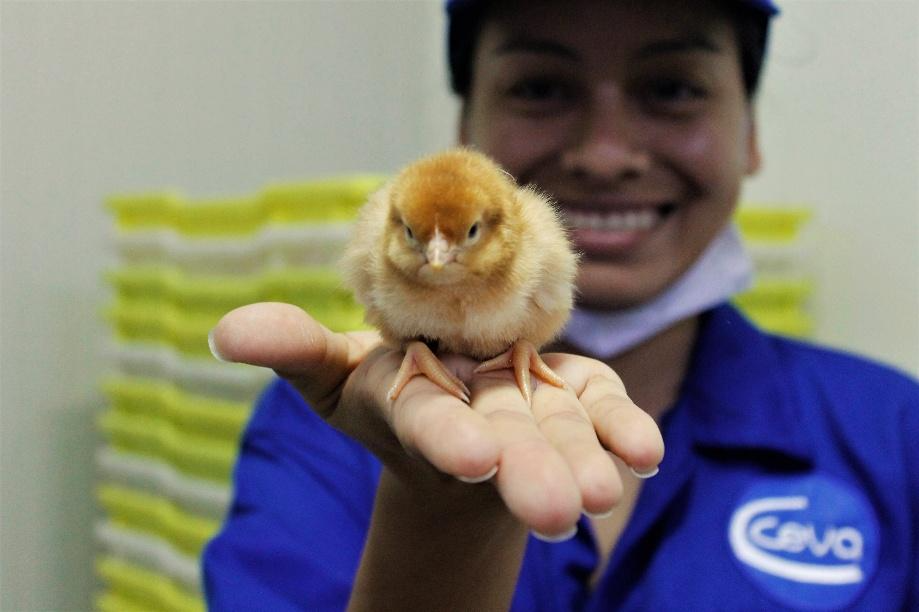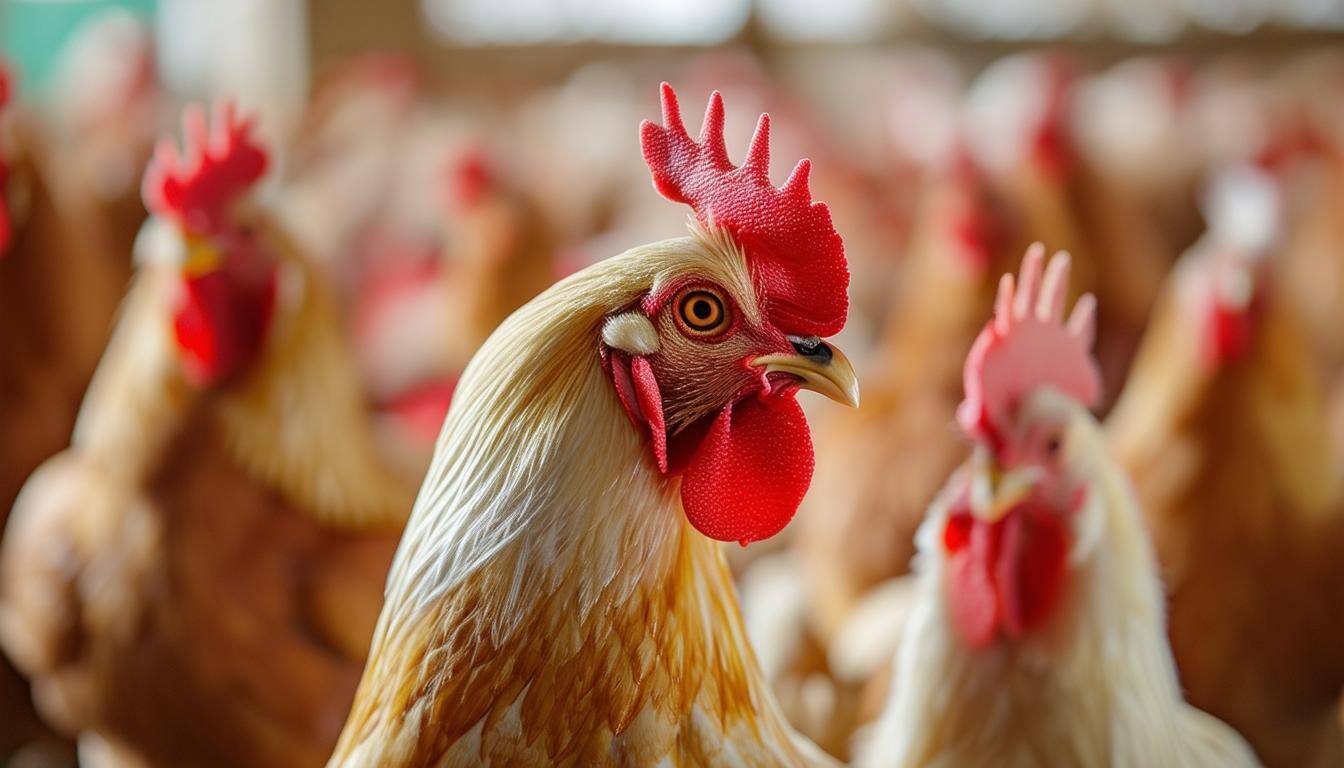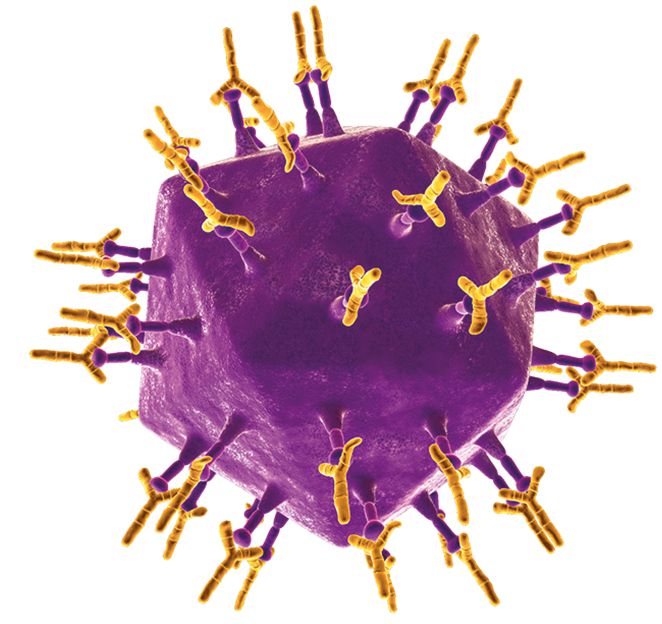Mastering Hatchery Vaccination for Bronchitis Control
By Mathilde Lecoupeur, Global Poultry Vaccination Services Manager, Ceva Santé Animale
19 décembre 2025
Read it in minutes
Introduction
Infectious bronchitis (IB) is a highly contagious viral disease that continues to pose a significant threat to the global poultry industry. Affecting all types of poultry—layers, breeders, and broilers—it causes substantial economic losses due to its impact on respiratory health, egg production, and meat quality. The disease is often misdiagnosed as other respiratory, reproductive, or urinary infections, making it even more challenging to control.

One of the most severe consequences of IB is airsacculitis, an inflammation of the air sacs in chickens. This condition leads to the accumulation of purulent or caseous material, rendering affected tissues unsuitable for human consumption. In severe cases, entire carcasses must be discarded, slowing down processing lines and increasing operational costs. With new IB variants emerging regularly, the need for a robust, adaptable, and efficient vaccination strategy is more critical than ever.
-
 © brianna-tucker
© brianna-tucker
Vaccination as the Best Ally

Spray Vaccination in the Hatchery
The success of spray vaccination depends on several critical factors.
Proper Vaccine Preparation
- Fill a sterile 20 mL syringe with 5–10 mL of distilled water using an 18G needle.
- Inject the water into the vaccine vial containing the freeze-dried virus.
- Mix thoroughly to dissolve the powder completely.
- Withdraw the reconstituted solution with the syringe.
- Transfer the solution to the vaccine tank of the hatchery sprayer.
Conclusion
By following best practices in vaccine storage, reconstitution, and administration, poultry producers can safeguard their flocks, protect their operations, and contribute to a healthier, more resilient food supply chain.
The fight against infectious bronchitis is far from over—but with the right tools and knowledge, it's a battle we are well-equipped to win.
-
 © Ceva Santé Animale
© Ceva Santé Animale
About the authors

Mathilde Lecoupeur, Global Poultry Vaccination Services Manager at Ceva Santé Animale
Subscribe now
Be notified when we publish a new blog!






